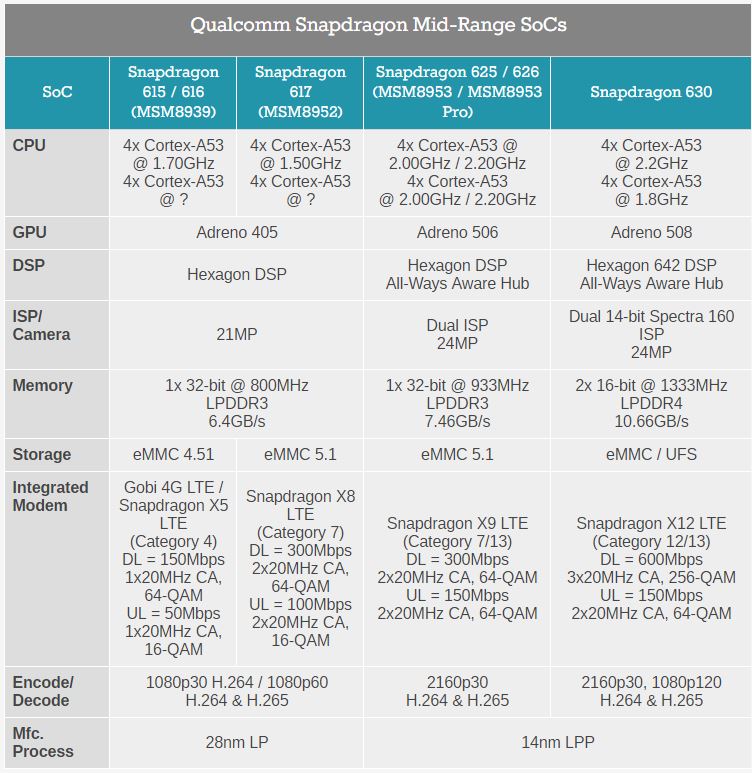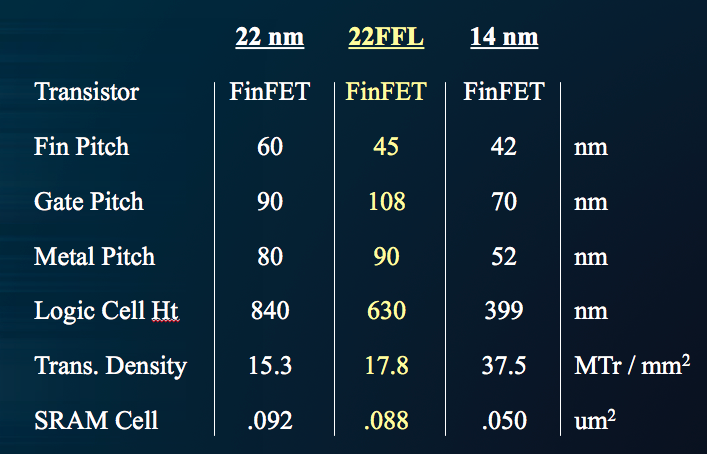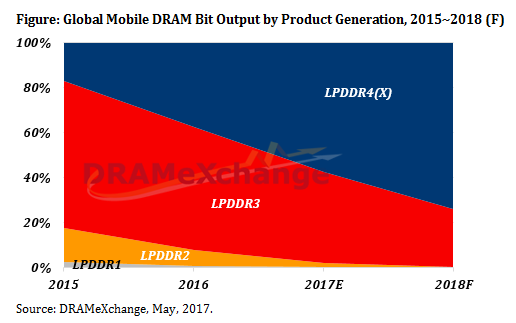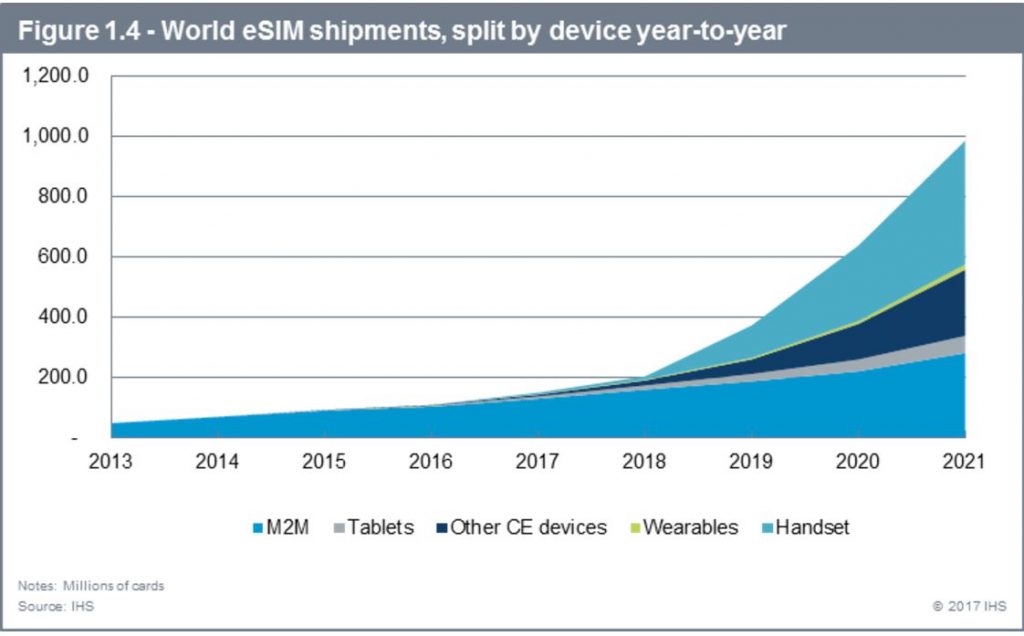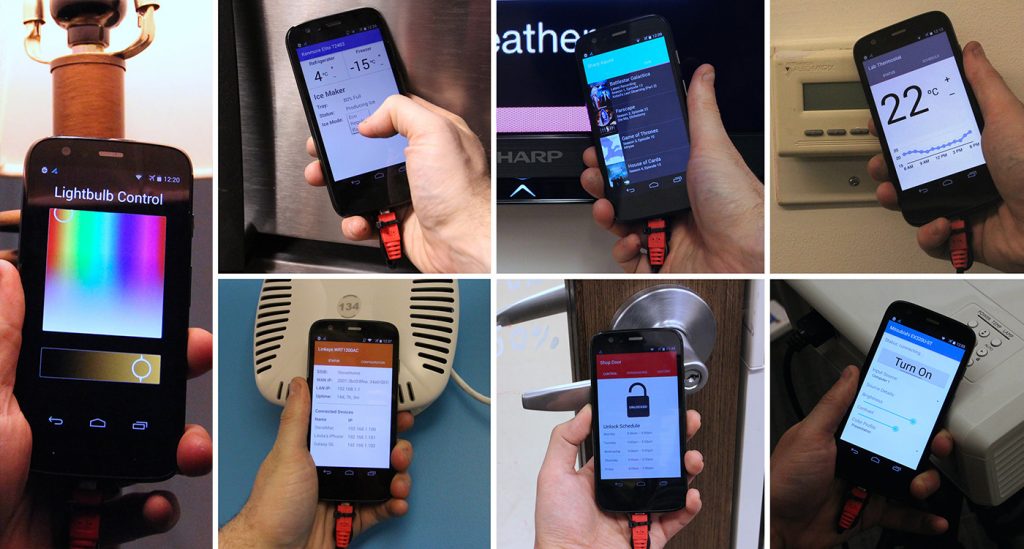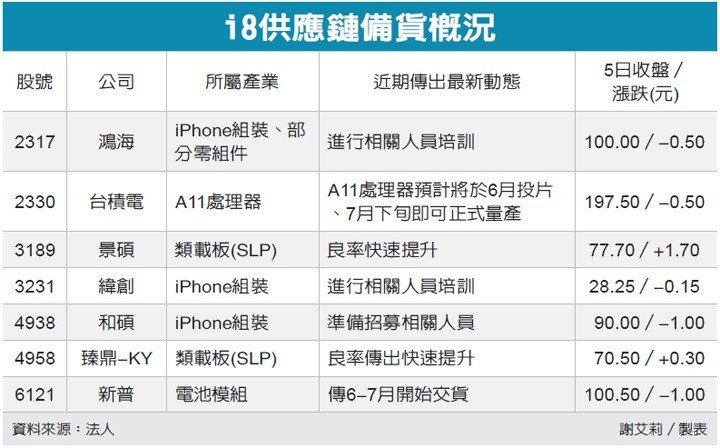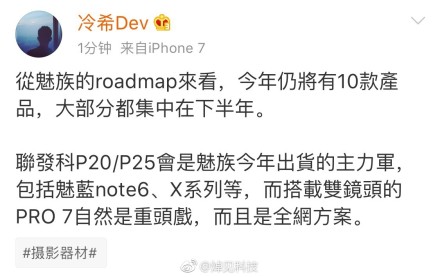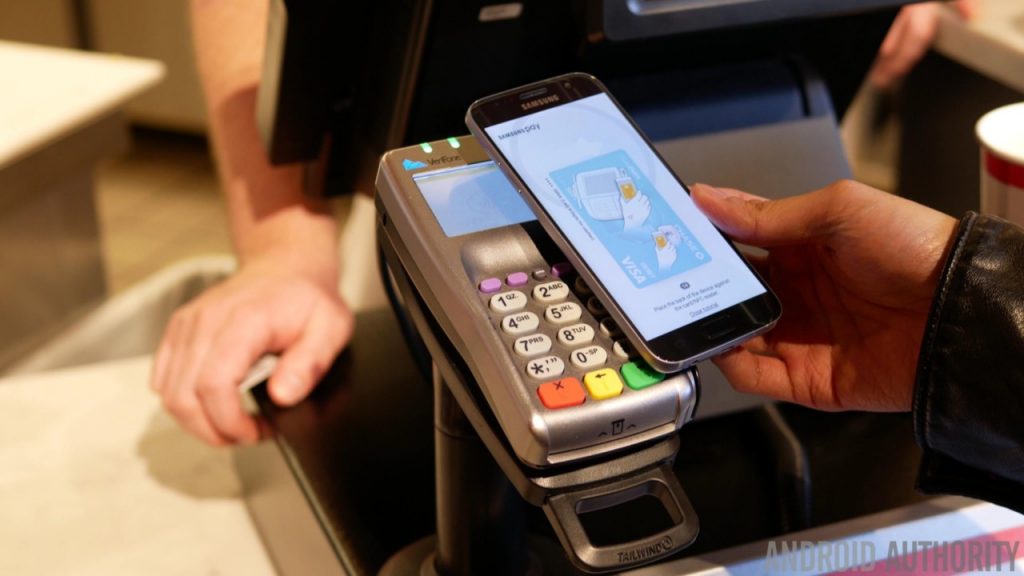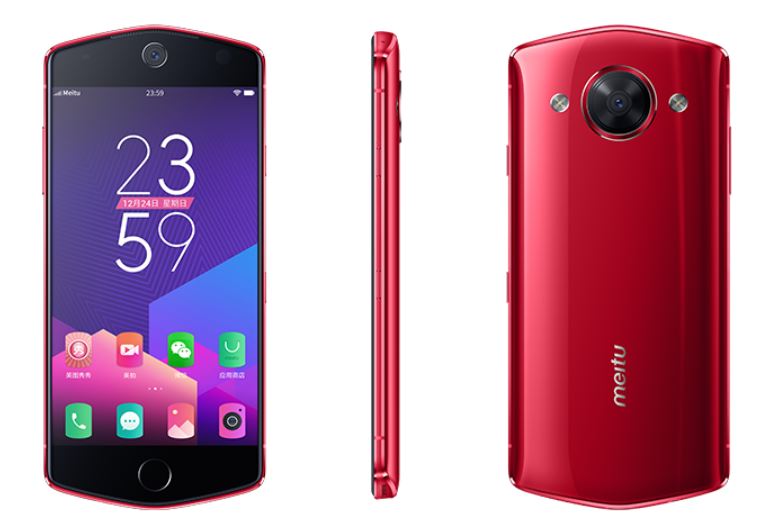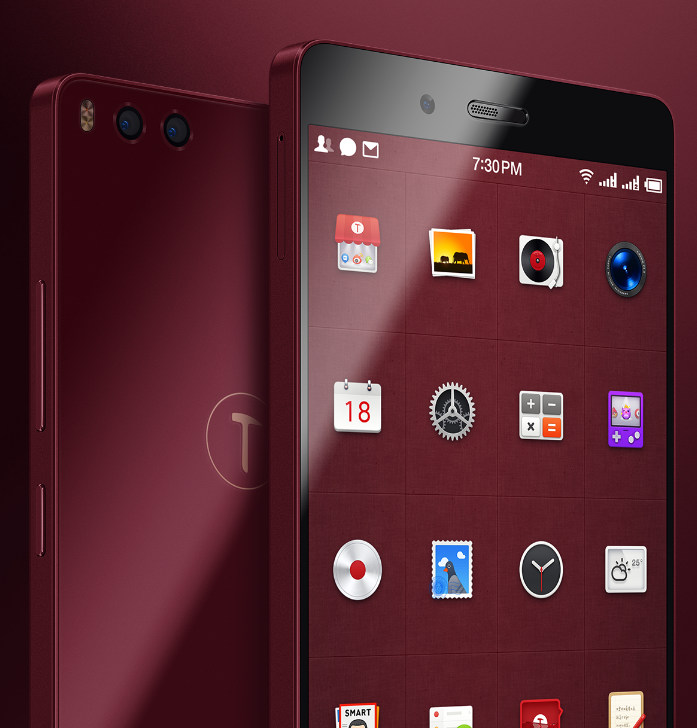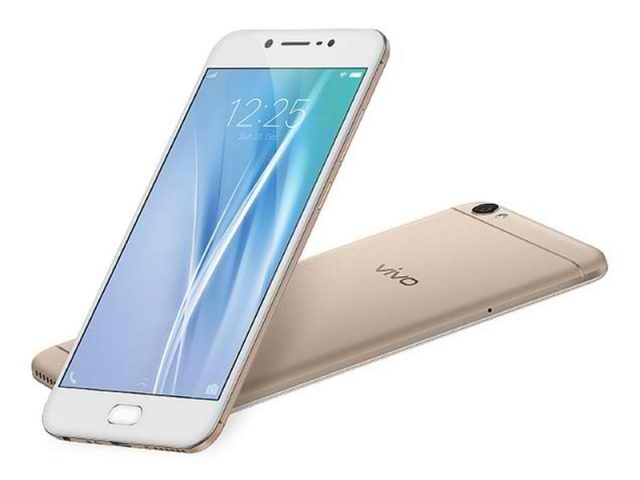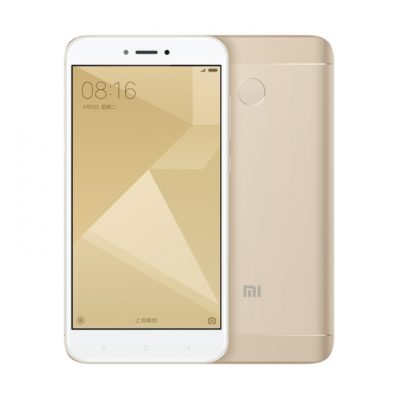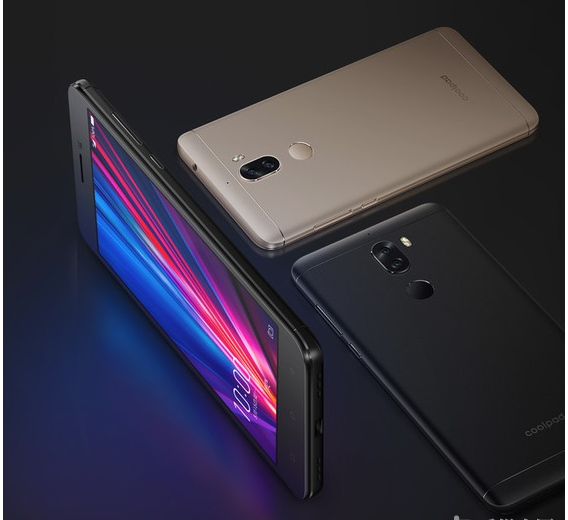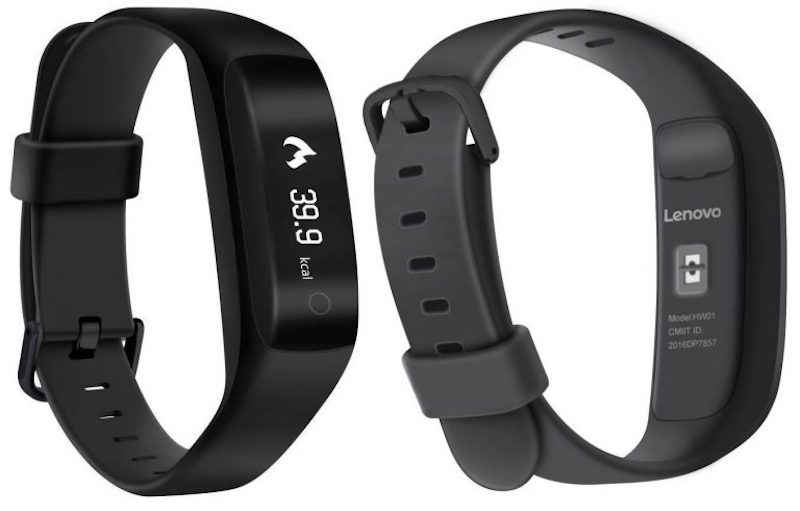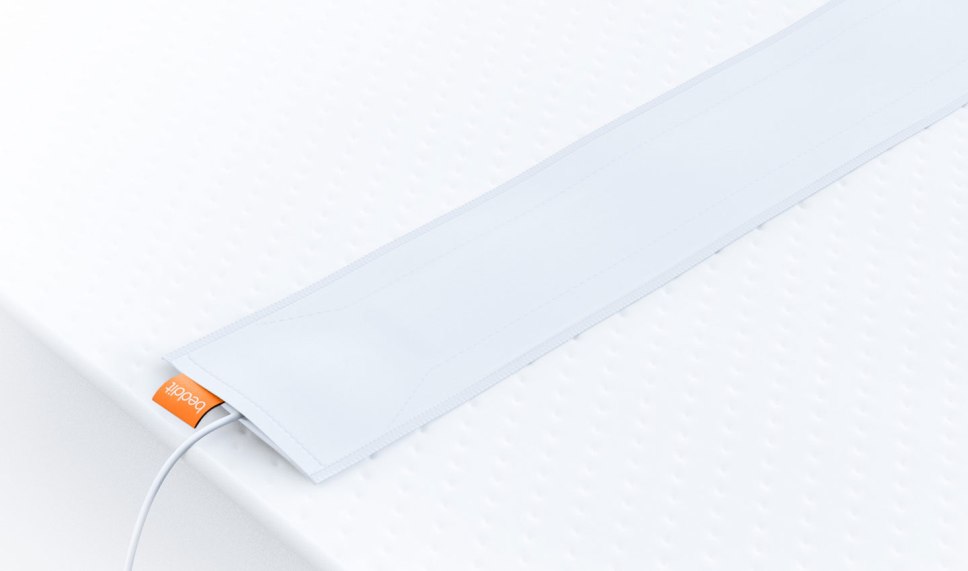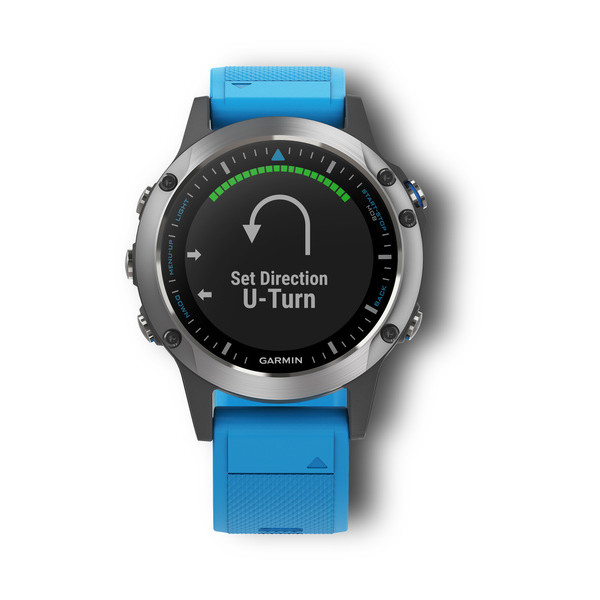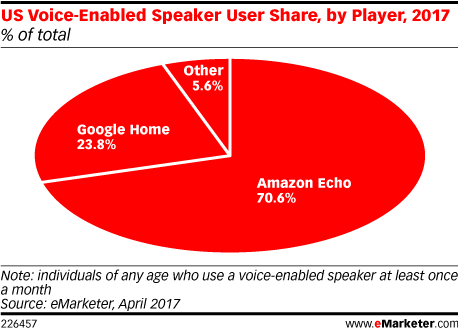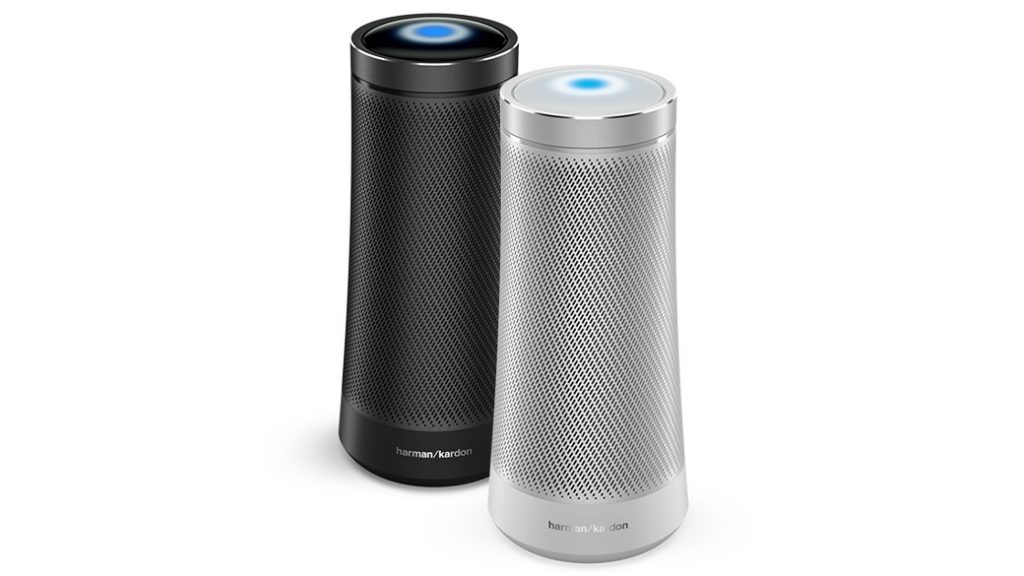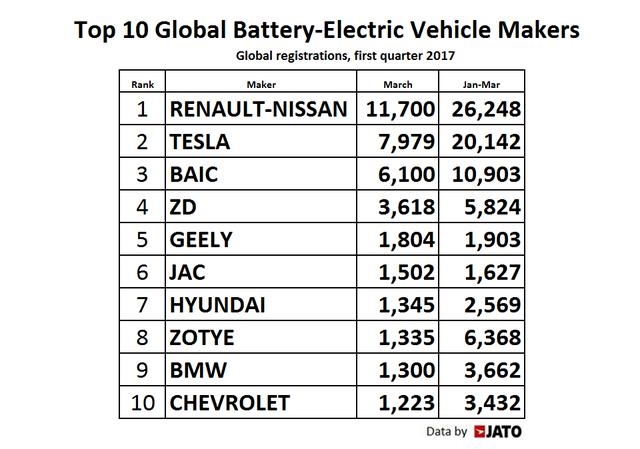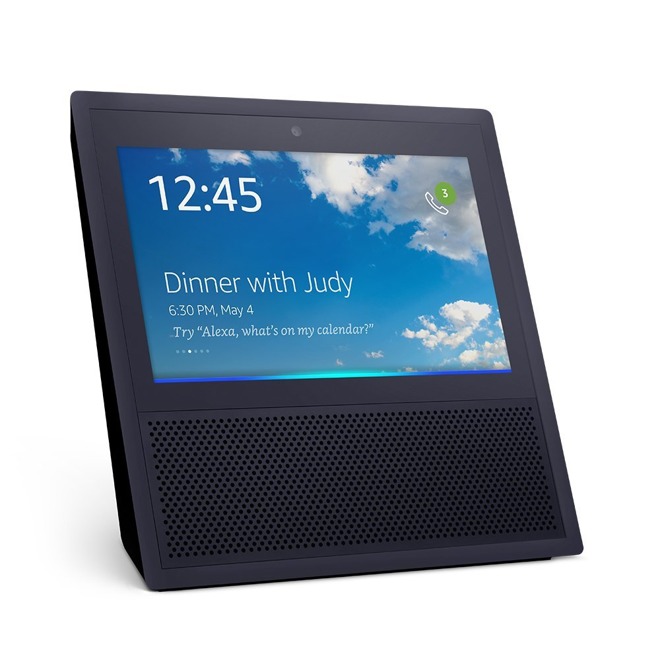
05-10: Qualcomm SD660 and SD630 announced; Qualcomm QC4.0 smartphone to launch in mid-2017; Google is making new OS Fuchsia; etc.
Chipsets
Qualcomm’s Quick Charge 4.0 claims that future devices will be able to charge up to 50% of their overall charge in just a time span of 15 minutes (this will also depend on the phone’s actual battery capacity). It appears that mobile devices of the future will start to provide support for Quick Charge 4.0, but those products will start to appear possibly during 2H17. (Laoyaoba, 163, GoAndroid, WCCFTech)
Qualcomm has unveiled its Snapdragon 660 and 630 mobile processors, which are mid-range processors. Improved connectivity, enhanced imaging, faster charging, and even machine learning features, in addition to the usual CPU and GPU improvements, help make these 600-series parts particularly interesting. (Liliputing, Android Central, VentureBeat, Qualcomm, Qualcomm, AnandTech, article, CN Beta)
Flex Logix Technologies has come up with a way to design cores for field programmable gate arrays (FPGAs) that allows a chip to change its identity, even after it has been shipped. The company is able to raise USD5M in funding. (VentureBeat, PR Newswire)
Intel has rolled out a new, low-power version of its 22nm FinFET technology. Called 22FFL, Intel’s technology is designed for IoT and mobile applications. “(22FFL is) fully RF design enabled and cost-competitive with other industry 28nm and 22nm planar technologies,” said Mark Bohr, senior fellow and director of process architecture and integration at Intel. 22FFL combines the features of 22nm and 14nm. (Laoyaoba, CSIA, Digitimes, Semiconductor Engineering, article)
Intel has unveiled new Advanced Vehicle Lab in Silicon Valley, a “cutting edge” facility dedicated to the development of self-driving vehicle tech (amongst other things). Intel’s strategy is to collaborate with a number of automotive vendors with vertical technology integration, customizing and providing an end-to-end solution for different customers. (Laoyaoba, Sina, TechCrunch, Clean Technica, Intel)
Memory
Goldman Sachs’ analyst Mark Delaney argues that DRAM prices that have been on the rise for 4 quarters are set to cool, which could mean less upside in 2018 for profits at DRAM maker Micron Technology. (Laoyaoba, Sohu, Talk Markets, Barron’s, blog)
According to DRAMeXchange, the bit output of LPDDR4X continues to expand and its share in the total bit shipments of mobile DRAM products is projected to surpass that of LPDDR4 in 2Q17. Not only has LPDDR4X reached price parity with LPDDR4, its price difference with LPDDR3 has narrowed down to less than 5% on average. DRAMeXchange estimates that together LPDDR4 and its variant will account for more than 50% of the total shipments of mobile DRAM products for 2017. (TrendForce[cn], press, TrendForce, press)
Connectivity
Embedded SIMs (eSIMs) are not expected to start appearing in smartphones from tier 1 manufacturers until 2019, according to IHS Markit. As a direct result of the suggested 2019 mainstream smartphone expansion, IHS also predicts that the number of devices shipping with an eSIM by 2021 could reach a total of 986M. This would be up from the 108.9M devices noted for 2016. (Android Headlines, Fierce Wireless, IHS Markit, press)
Carnegie Mellon University’s Future Interfaces Group is proposing a working concept that is practically the next evolution of NFC: electromagnetic emissions sensing. It can recognize any electronic device by simply tapping on one (Engadget, Chris Harrison, Linuxidc)
“Forbes” reports that what sets Samsung apart in 5G development from others in the industry is that it is an experienced player across many industries including wireless infrastructure, chip manufacturing, semiconductor fabrication and user devices. Samsung can effectively make almost everything in a 5G connection from one end to the other, and it has experience in virtually every segment of 5G. (CN Beta, Forbes, article)
Smartphones
The latest supply chain reports out of China are refuting previous observations that Apple’s “iPhone 8” would be delayed, and are claiming that manufacturers of previous low-yield products have resolved production problems. (UDN, Apple Insider)
KGI Securities analyst Ming-Chi Kuo has indicated that there is a rising possibility of a worst-case scenario to come true with regards to Apple iPhone 8 shortages. The new iPhone shipments in F2H17 are revised down to 80M~90M units from 100M~110M units (vs. consensus of 100M~120M units). (9to5Mac, Ubergizmo, CS.com, eNorth)
Google is reportedly working on a third operating system after Android and Chrome OS. This one is an open source, real-time OS called “Fuchsia”, which is not based on Linux—it uses a new, Google-developed microkernel called ”Magenta”. (CN Beta, Techreport, The Verge, Ars Technica)
According to iResearch and Forrester Research, China is the biggest mobile payment market in 2016, with transaction amounted to CNY38.6T (about USD5.5T), a 200% increase from 2015. US mobile payment market only amounted to USD112B, a mere 39% increase on year. Apple Pay in China attach rate with the bank card only about 4%. (Laoyaoba, Tencent, Sina)
HMD Global’s Chief Product Officer Juho Sarvikas indicates that about 70% of the Indian population buy their phone in the budget sub-INR10k~sub-INR20k segment. He believes that the success of Nokia-branded smartphones and feature phones will be forecast by India. (Android Headlines, BGR, Pioneer News)
Meizu will allegedly release 10 phones in all and most will feature the MediaTek Helio P20/P25 in 2017. (Elecfans, Gizmo China)
Meizu is reportedly dividing into Meizu, Blue Charm (or Meilan) and Flyme divisions, which is quite interesting. This move will also see some reshuffling when it comes to the company’s executives. (Android Headlines, Gizmo China, China Tech News, 163, Sina, iFeng)
Xiaomi said it would start selling two of its phones, the Redmi Note 4 and the Redmi 4X, in Mexico. Xiaomi also launched a mobile app for “Mi Fans”, called the “Mi Community LATAM”. The company said the mobile app give its customer-created Xiaomi en Mexico Facebook group — which has 15,000 members — an official home. (Laoyaoba, CNET, GSM Arena, SCMP)
Xiaomi is reportedly talking with banks for refinancing of USD1B 3-year loans inked in 2014. Three have agreed for arrangement, including Deutsche Bank, Morgan Stanley and Wing Lung Bank. Deutsche Bank earlier 2017 arranged road show for Xiaomi among investors. (CN Beta, Global Capital, 4-Traders)
Samsung Pay was launched in India back in Mar 2017 and supports both NFC and MST (Magnetic Secure Transmission). Joining forces with Mswipe makes Samsung Pay even more appealing to consumers, as it is now accepted at 200,000 additional retailers across India. (Android Headlines, Android Authority, Gadgets 360)
Meitu M8 is officially launched in China – 5.2” FHD display, MediaTek Helio X20 MT6797M processor, 21MP + 12MP cameras, 4GB RAM, 64GB storage, USB Type-C, 3000mAh battery, from CNY2599. (Gizmo China, My Drivers, The Verge)
Smartisan Nut Pro is announced in China – 5.5” FHD in-cell touch display, Qualcomm Snapdragon 625 / 626 processor, rear dual 13MP-13MP + front 16MP cameras, 4GB RAM, 32 / 64 / 128GB storage, Android 7.1 (Smartisan OS 3.5), 3500mAh battery, supports 18W QC 3.0, from CNY1499. (ZOL, Gizmo China)
vivo V5S is launched in India – 5.5” HD 2.5D curved display, MediaTek MT6570 processor, rear 13MP PDAF + front 20MP cameras, 4GB RAM, 64GB storage, AK4376 Hi-Fi audio chip, 3000mAh battery, INR18,990. (GizChina, Kejixun, ZOL)
Xiaomi upgrades Redmi 4X with more memory – 5” HD 2.5D curved display, Qualcomm Snapdragon 435 processor, 13MP + 5MP cameras, 4GB RAM, 64GB storage, Android 6.0.1, rear fingerprint sensor, 4100mAh battery, CNY1099. (Android Headlines, Tech Portal, Droid Men)
Coolpad Cool 6 is announced – 5.5” FHD display, Qualcomm Snapdragon 653 processor, rear dual 13MP-13MP + front 8MP cameras, 6GB RAM, 64GB storage, Android 7.1, 4060mAh battery, CNY1499. (Gizmo China, CN Beta)
Wearables
Lenovo Smart Band HW01 fitness tracker is launched in India, priced at INR1,999. It has a 0.91” OLED display, featuring a dynamic heart rate monitor under ‘Sports Mode’ that can monitor heart rate every 15 minutes. The band vibrates when user’s heart rate reaches the designated threshold. (Android Headlines, India Today, NDTV)
Apple has acquired a sleep tracking hardware and software company Beddit. The Finland-based company was founded in 2007 and has received about USD3.5M in funding. (Gizmo China, TechCrunch, CNET, Beddit, CNBC, Leiphone, Sina)
Garmin introduces quatix 5 smartwatch, featuring an LED backlit display that can be read in sunlight, as well as an omni-directional stainless steel EXO antenna, GPS + GLONASS, up to 24hrs of run time per charge when using GPS or up to 60hrs in the ‘UltraTrac Mode,’ as well as two weeks when in the ordinary smartwatch mode. (CN Beta, SlashGear)
Internet of Things
According to the research firm eMarketer, Amazon’s Alexa-powered Echo and Echo Dot devices are expected to claim a 70.6% share of the US market in 2017. The Google Home device, which more or less offers the same features and is powered by Assistant, will only grab 23.8% of the market in 2017. The report also claims that the demand for these types of devices is on the rise. It is expected that the number of users in the US will double in 2017 to 35.6M. (Android Authority, Reuters, eMarketer, press, 10JQKA)
Cortana-powered Harman Kardon Invoke is officially launched. It supports functions around music, calendars, reminders, traffic, and news. It is using far-field technology and 7 microphones. (Android Authority, Harmon, Apple Insider, 163)
According to JATO Dynamics, in 1Q17 Renault-Nissan Alliance reported has delivered 26,248 battery-electric vehicles (EVs). Tesla follows by 20,142 EVs delivered. (My Drivers, Forbes)
Amazon Echo Show is announced, featuring 7” touch screen, 5MP camera and dual 2” stereo speaker. It is priced at USD230. (Apple Insider, Amazon, ZOL)

